Public confidence in U.S. schools is in steady decline. The 2025 PDK Poll reveals that fewer parents are awarding high marks to their local public schools, and even fewer approve of schools nationally. This downturn is visible in communities large and small—from Chicago and Los Angeles to Boston.
Local Versus National Perceptions
Parents remain more charitable toward their own community schools than toward the nation’s. Still, only about two-fifths of respondents graded their local schools with an A or B, down sharply from more than half a decade ago. Nationally, just one in eight gave schools top ratings—a troubling signal.
Struggles in Challenged Districts
In cities like Detroit, Cleveland, and Baltimore, where budget and resource challenges are acute, confidence has fallen particularly hard. Parents cite underfunded facilities, shortages of qualified teachers, and declining performance metrics. These local struggles mirror a broader nationwide skepticism about whether public schools are effectively serving today’s students.
The Rise of School Choice
At the same time, interest in alternatives is growing. Nearly 60 percent of parents now say they would consider private or religious schools if public funding were available. That’s nearly double the support from two decades ago, highlighting a clear shift in priorities and a growing appetite for school choice.
Mainstream Alternatives Taking Root
Charter schools, magnet programs, and homeschooling—once considered niche—are now widespread. In cities such as Houston, Chicago, and Phoenix, parents are actively seeking flexible, tailored learning options. For many families, these models provide greater control over curricula, stronger academic focus, or personalized structures that traditional public schools struggle to deliver.
Teacher Pay and Staffing Shortages
A central driver of dissatisfaction is teacher compensation. Nearly two-thirds of Americans now believe teacher pay is too low. In states like California and New York, high living costs compound frustrations. In the South and Midwest, rural schools face limited budgets. These factors fuel shortages in places like Atlanta and Phoenix.
Strain on School Operations
When schools cannot attract or retain enough teachers, the impact is immediate. Districts often rely on substitutes, online instruction, or larger class sizes to fill the gaps. Parents notice the strain, further eroding trust. Addressing salaries and staffing pressures is seen as essential to restoring public confidence in schools.
Technology Under Scrutiny
Technology has emerged as another flashpoint. From suburban Minneapolis to rural Idaho, 86 percent of Americans support restrictions on student cell phone use during school hours. Meanwhile, enthusiasm for artificial intelligence in classrooms is waning. Concerns include privacy risks, overreliance on algorithms, and potential misuse of data in sensitive academic settings.
AI and Parental Skepticism
Parents express particular concern about AI shaping instruction or assessment without transparency. While some acknowledge AI’s potential in tutoring or administrative tasks, many feel uneasy about its growing role in education. This skepticism underscores a broader desire for balance—leveraging innovation while preserving trusted, human-centered teaching practices.
The Paradox of Federal Oversight
Interestingly, declining confidence in schools does not translate into opposition to federal oversight. Roughly two-thirds of adults oppose eliminating the U.S. Department of Education. Even among critics, there is recognition that federal leadership is crucial for enforcing civil rights, allocating resources, and supporting career and technical education nationwide.
Demographic and Political Drivers
Several broader forces contribute to the confidence gap. Declining birth rates, especially in the Midwest and Northeast, pressure districts to consolidate and adjust funding. Simultaneously, political discourse has amplified criticism of public education. In cities like Phoenix and Atlanta, polarizing rhetoric has deepened parental skepticism toward traditional schooling institutions.
Satisfaction Still Exists Locally
Despite national unease, many parents remain satisfied with their direct influence on their child’s schooling. Roughly 70 percent report contentment with their ability to engage. In cities such as Seattle or Boston, where parent-teacher associations and community partnerships are robust, trust levels remain higher than in less-resourced areas.
Rebuilding Trust Through Priorities
To rebuild credibility, public schools must focus on widely supported priorities. These include ensuring safety, fostering belonging, expanding career-technical programs, and raising teacher pay to attract talent. Clear communication with families, combined with tangible improvements in classroom conditions, will be critical for restoring parent confidence across regions.
A Clear Message for Schools
The 2025 PDK Poll delivers a stark message: parents are losing faith in public education but not in its necessity. Communities want schools that are safe, responsive, and effective. For districts in Los Angeles, Chicago, and Boston, the choice is simple—adapt and rebuild trust, or risk losing families to alternatives.

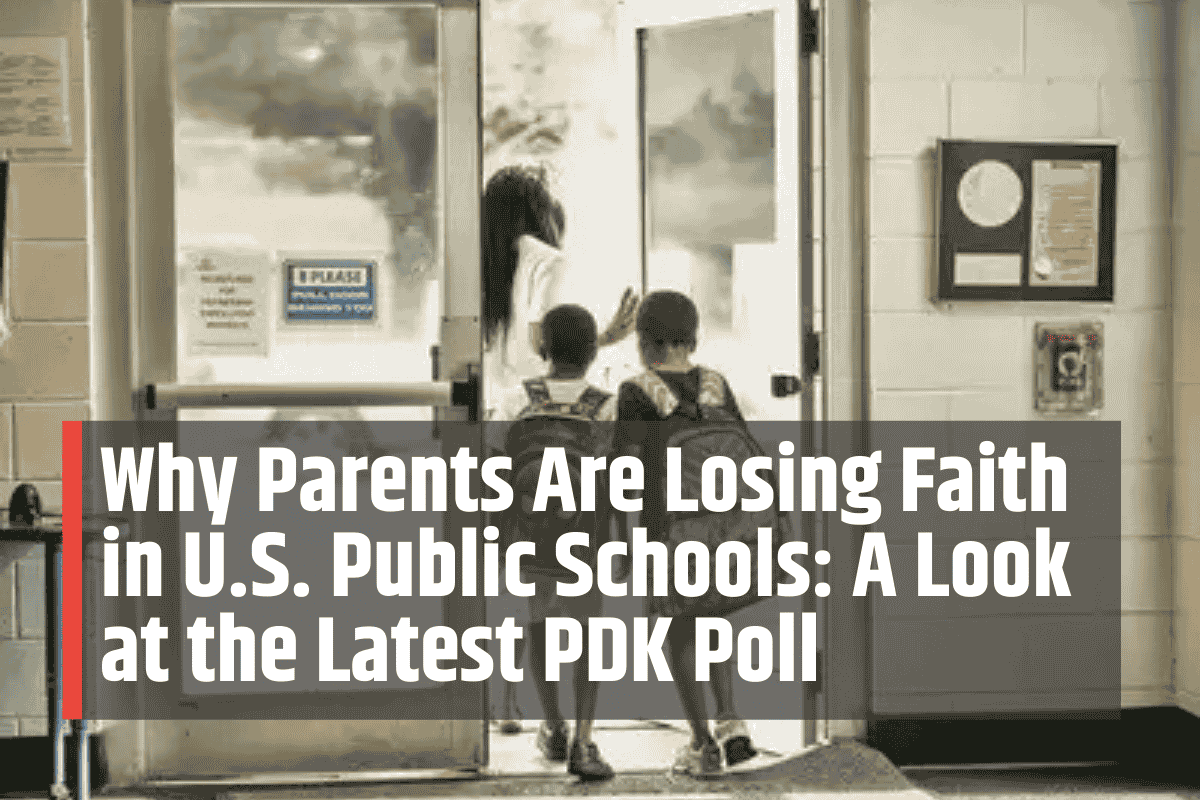

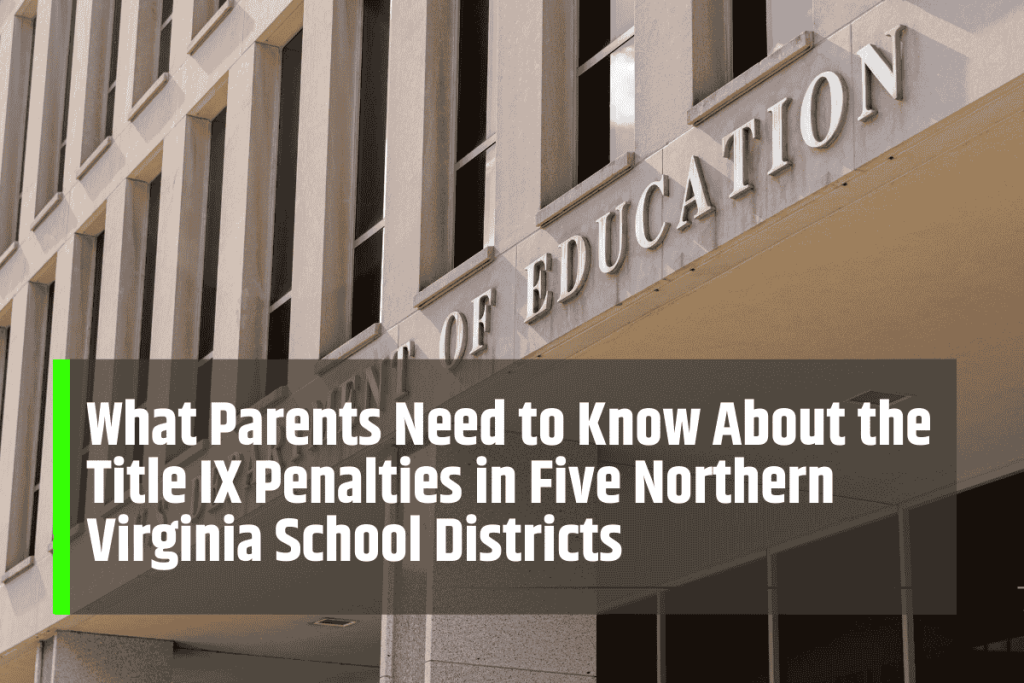
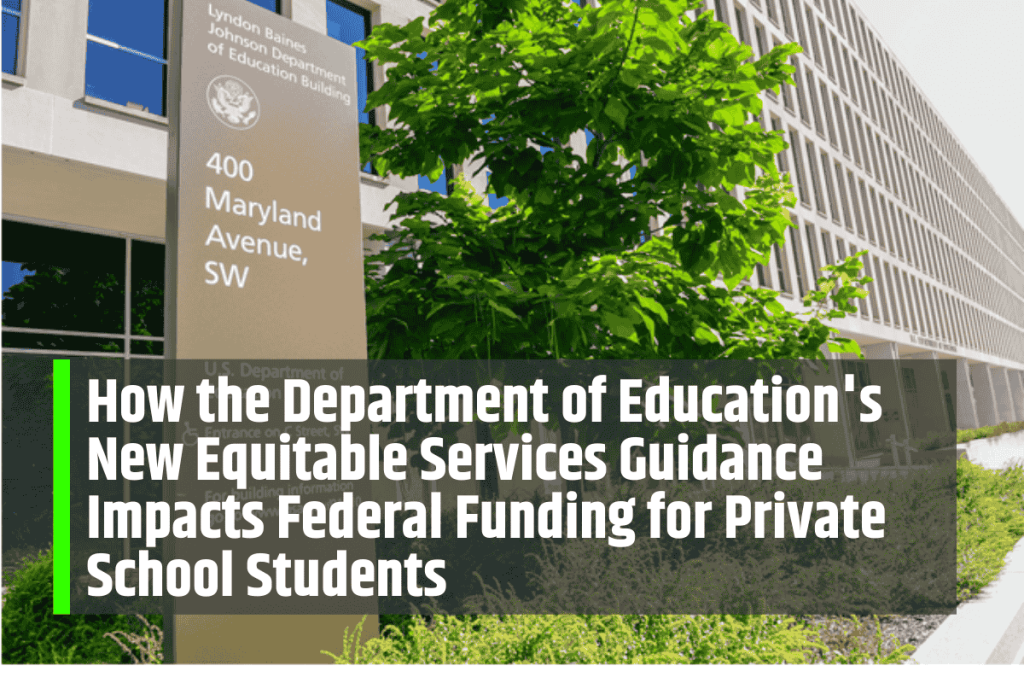
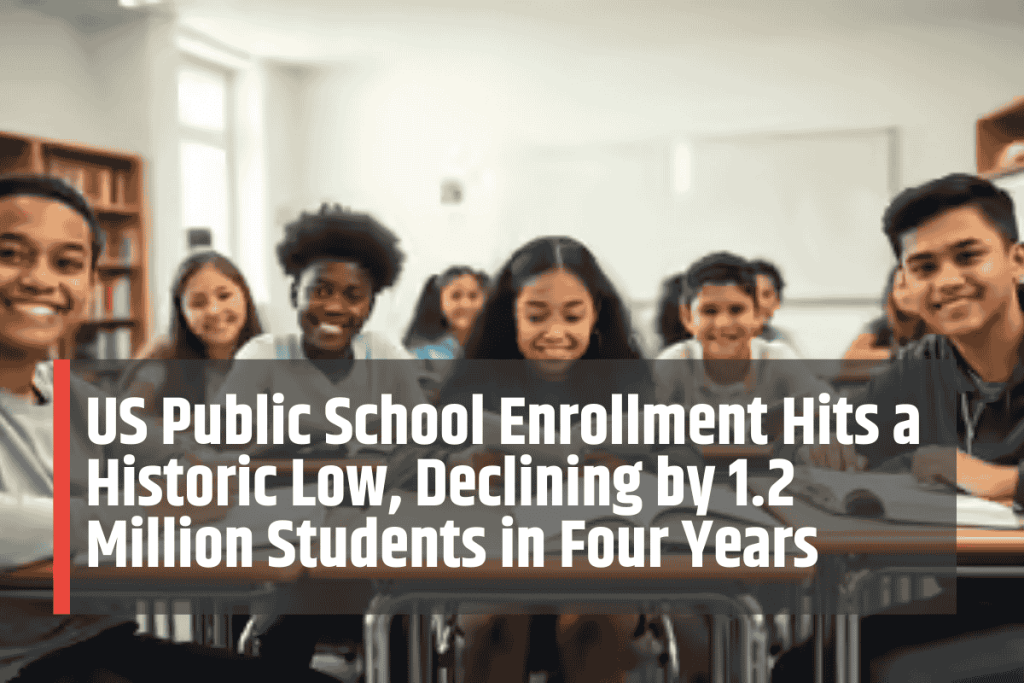
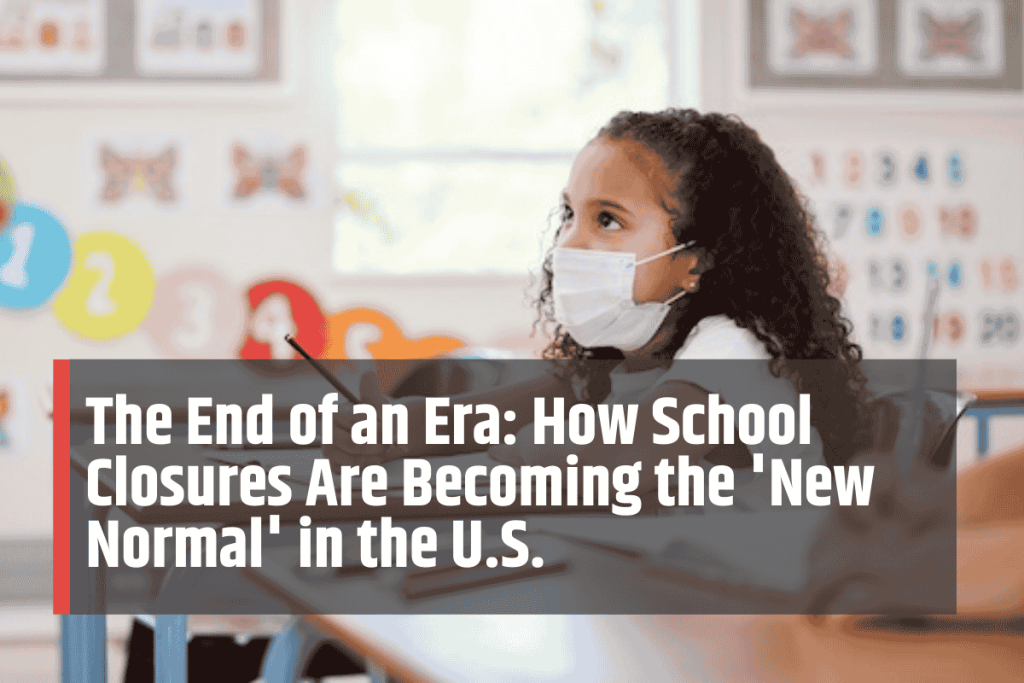
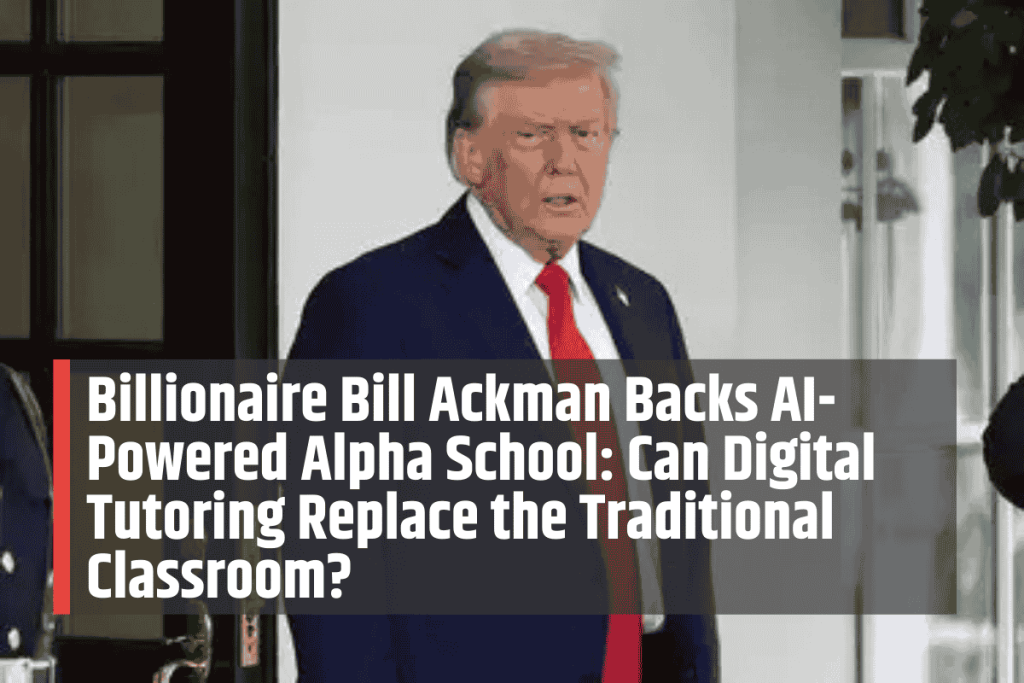
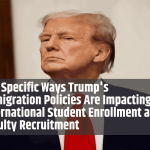

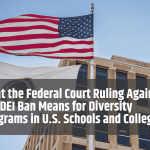
Leave a Comment